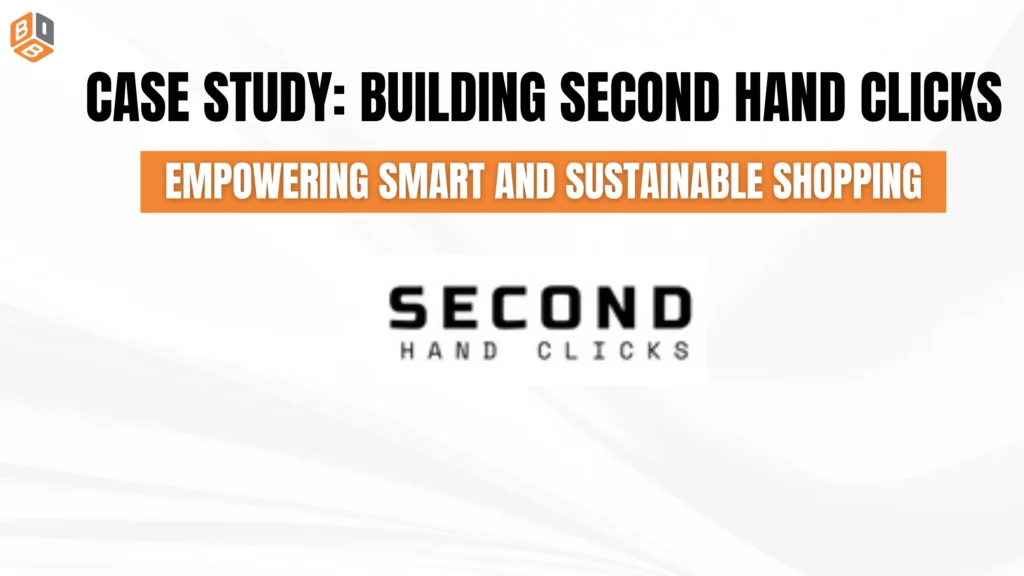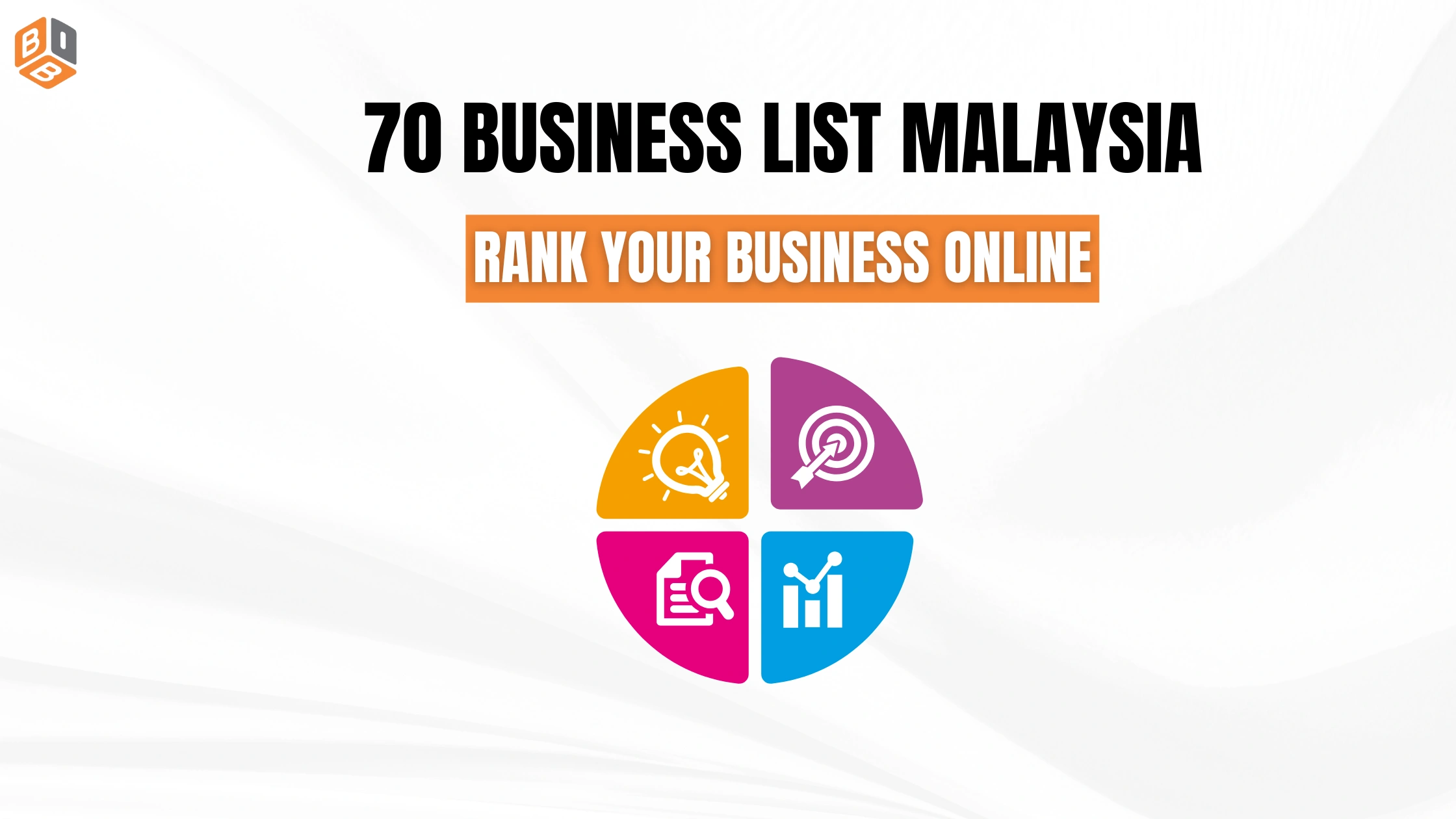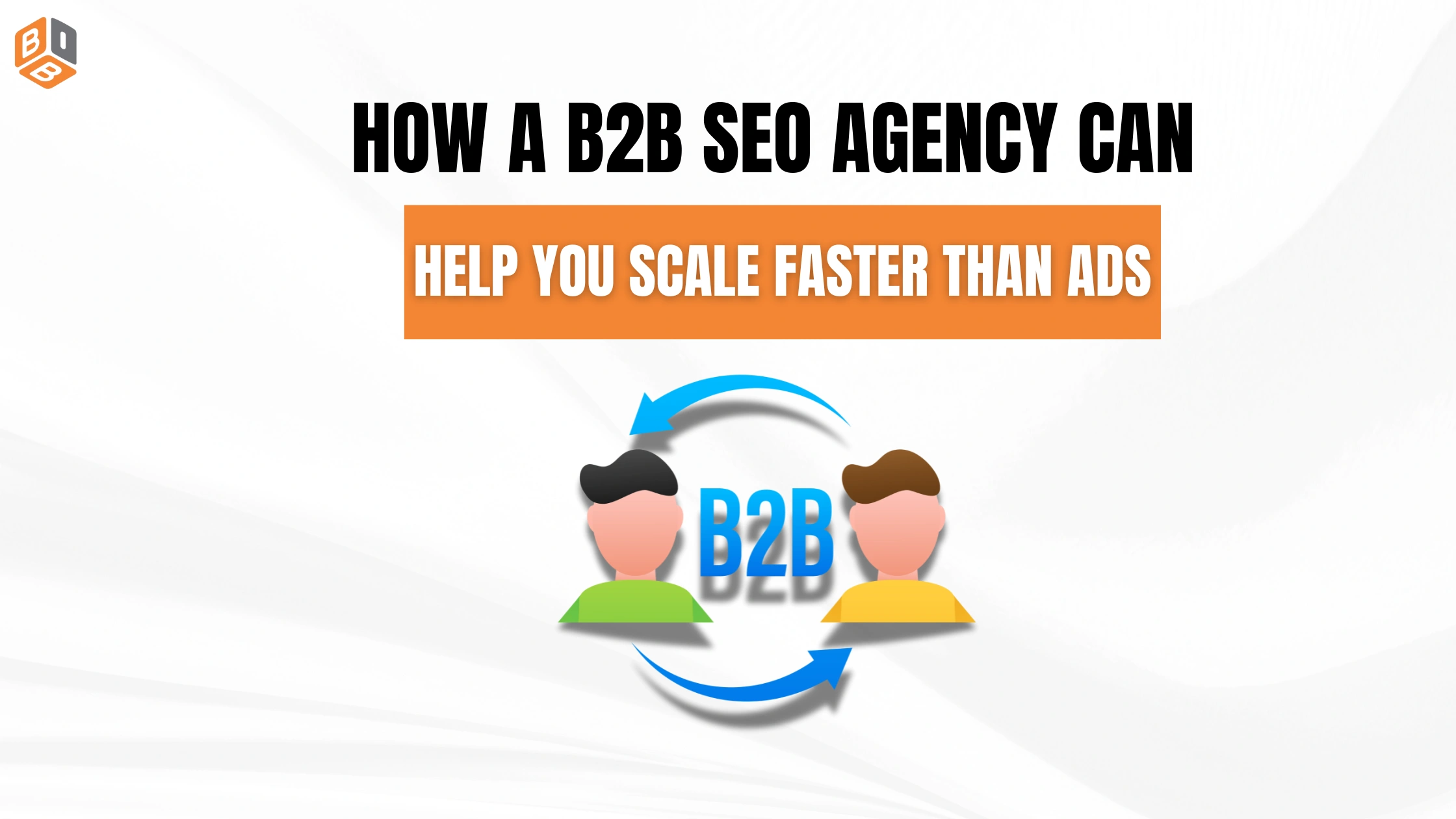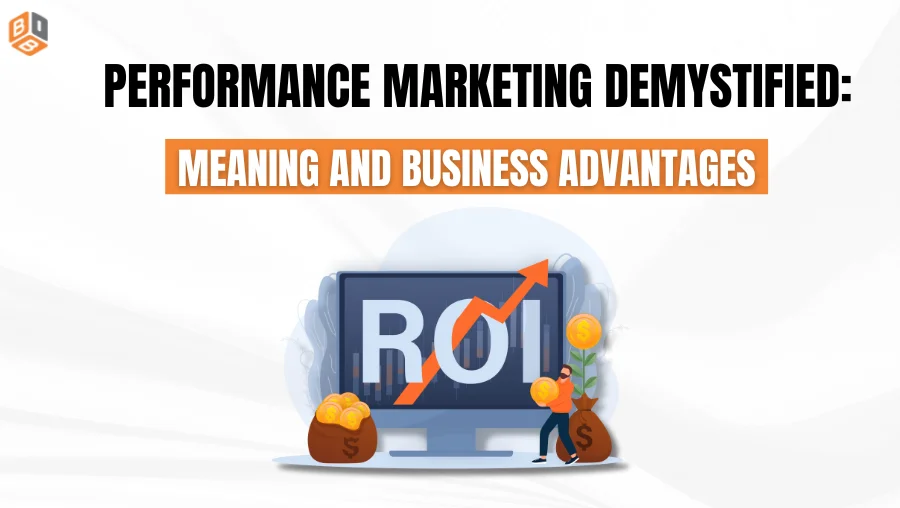Introduction
The requirement of sustainable e-commerce solutions has increased at a fast rate in the contemporary digital-first economy where consumers are always interested in value and convenience. It was in response to this need that Second Hand Clicks was born an original concept of establishing a marketplace that would deal with used goods at a low cost and without harming the environment. Hi there I am Raghav Dua your famous Digital marketer in Ludhiana and owner of the Best Digital Marketing Agency in Ludhiana, named BringBrandon. Today I am going to share case study about our project Second Hand Clicks. Earlier is shared case study of Evaa Organics and Monkinz nd it helped many web developers to understand how the E-commerce project is executed from beginning to end.
It is a case study about our partnership with Second Hand Clicks, how we started working with the client, and how we successfully created an e-commerce platform on Shopify with a wide range of features. It also brings into focus the technical plans, work team dynamics, issues, and the successes that were seen in this project.
1. How We Connected with the Client
Our involvement in Second Hand Clicks came into being when the client contacted us stating that he needed an experienced development firm that can help him to translate his vision to a feasible and scalable e-commerce site. The mission of the client was also obvious: to establish a reliable and convenient online marketplace within which the users could easily buy and sell second-hand products.
The potential of this project was realized even during the first conversation. The concept was in sync with the international sustainability trends and the increasing trend of the circular economy. To know what they expect, the goals of their business, and their long term vision, we organized an introductory meeting.
On our initial consultation, we did not sell, but we listened to the other person to get to know why we needed the project. Our attentiveness and the interest we showed in the brand mission of the client was valued. This initial trust was the one that formed a solid partnership.
2. How We Impressed the Client
To stand out, we did not simply discuss our technical competency skills, but we showed them. Our team prepared a live Shopify demo which had similar marketplace features like multi-vendor listing, secure payment gateways, and products navigation based on categories.
We also showed other e-commerce projects past case-studies and how we had overcome the complicated design and user experiences issues.
Our strategic thinking is what impressed the client the most, as we did not suggest building a web site; we suggested building a business ecosystem which could be expanded. We talked about integrations we may do in the future to enable us to market ourselves, optimize our SEO, and use data to make decisions, which they represented that we are not only looking at the day of launch.
3. Understanding the Client’s Requirements
Our discovery team had several requirement-gathering meetings with the client before the client typed a single line of code. We drew the plan of all functioning and non-functioning points of the project.
Here’s how we broke it down:
Business Understanding
- Objective: Create a one-stop platform for pre-owned products, promoting sustainability and affordability.
- Target Audience: Environmentally conscious shoppers, students, and budget buyers.
- Business Model: Commission-based reselling, where users could list, sell, and purchase items directly.
Functional Requirements
- Intuitive product categories and search filters
- High-quality image upload options for sellers
- Product condition ratings (New, Like New, Used)
- Secure payment gateway with buyer protection
- Vendor dashboard for listing management
- Mobile-friendly responsive interface
- Review and rating system to build trust
Non-Functional Requirements
- Fast load times
- SEO optimization for organic discoverability
- Scalable infrastructure to handle growth
- Easy-to-manage backend for admins
By the end of our discovery phase, we had developed a complete project roadmap that reflected both the client’s business goals and the expectations of modern online shoppers.
4. Explaining Our Approach and Technology Stack
After we have the requirements, we have given out our detailed implementation strategy. It was important to be transparent and therefore explained every step in easy non technical terms to make the client know what we would be offering.
Chosen Technology: Shopify
We recommended Shopify as the ideal platform because it offered:
- A robust e-commerce foundation with built-in security
- Scalability for growing marketplaces
- Easy management through a user-friendly admin panel
- Extensive plugin support for future features like loyalty programs, social media integration, and email marketing
We customized Shopify with:
- Liquid Templates for dynamic layouts
- Custom Plugins for seller verification
- Responsive Design Framework for mobile optimization
- Third-Party App Integrations (for payments, shipping, and reviews)
Project Execution Roadmap
We structured the project into four key phases:
- Planning & Design (Weeks 1–3) – Wireframes, UI/UX concepts, and platform setup.
- Development (Weeks 4–8) – Custom Shopify theme development and backend configuration.
- Testing (Weeks 9–11) – Quality assurance, performance testing, and bug fixing.
- Launch (Week 12) – Deployment, SEO setup, and client training.
We applied Agile methodology that has weekly sprints and this guaranteed that there was constant feedback and transparency in the project.
5. Brainstorming and Creative Strategy
Our team conducted a brainstorming session in a multi departmental manner before the development started. This was aimed at matching the language of the design of the site with the core values of Second Hand Clicks, which was sustainability, reliability, and smart consumption.
Key Creative Insights
- The visual theme should feel fresh, clean, and modern, appealing to eco-conscious users.
- The content tone should be trustworthy yet friendly, encouraging visitors to explore second-hand options.
- Navigation should prioritize simplicity — allowing users to find products quickly and easily.
It was made up of mood boards and prototypes created in some of the design tools, such as Figma and Adobe XD, where different design methods are tested. We had a final design after consulting with the client, which incorporated their brand narrative, which included the use of soft color pallets, easy navigation, and good visual descriptions.
6. The Main Challenge
The greatest difficulty in this project was to establish user confidence in an online platform devoted to the second-hand goods. Contrary to the new product stores, resale stores tend to be hesitant by the customers in terms of quality, authenticity, and reliability of the product they are offering.
The other technical issue was that several vendors needed the ability to list and operate goods without complicating the Shopify back office. We had to offer flexibility and ease in the interaction of the sellers with the platform.
7. Overcoming Challenges
Our development and design teams collaborated closely to find effective solutions to both challenges.
Building Trust
We implemented several trust-building mechanisms:
- Verified Seller Badges: Each seller went through a basic verification process before their listings went live.
- Condition Labels: Every product displayed a clear “Condition” tag (e.g., Like New, Good, Fair).
- Transparent Return Policy: A dedicated “Returns & Refunds” page explained terms clearly to boost buyer confidence.
- User Reviews & Ratings: Customers could rate both products and sellers, reinforcing transparency.
Multi-Vendor Functionality
To enable smooth seller management, we integrated a Shopify Multi-Vendor Marketplace App. This allowed:
- Seller registration and dashboard management
- Automatic commission calculations
- Real-time product synchronization
We also developed an intuitive admin control panel so that the site owner could manage vendors, products, and payments efficiently.
8. Task Management and Execution Timeline
To maintain progress and clarity, our project management team divided the work into structured tasks and milestones. We used Jira for sprint planning and progress tracking.
Month 1 – Research and Design
- Finalized project scope and sitemap
- Created UI/UX wireframes
- Defined color palette and typography
- Set up Shopify environment
Month 2 – Development and Customization
- Developed custom Shopify theme
- Integrated multi-vendor functionality
- Added product filters and search bar
- Configured payment and shipping options
Month 3 – Testing and Launch
- Conducted functionality, mobile, and performance testing
- Resolved design inconsistencies and bugs
- Implemented SEO best practices (meta tags, product schema, image optimization)
- Trained client on managing listings, vendors, and customer inquiries
By the end of the third month, Second Hand Clicks was fully functional, stable, and ready for launch.
9. Results and Impact
When the platform went live, the response was overwhelmingly positive. Early users praised the clean interface, ease of use, and clear trust indicators.
Within the first month of launch:
- Website traffic grew steadily through organic search and social media.
- Dozens of vendors signed up to list their pre-owned products.
- Average page load speed improved by 40% after optimization.
- The bounce rate dropped significantly, indicating stronger user engagement.
The platform positioned Second Hand Clicks as a trusted name in sustainable e-commerce, helping connect eco-conscious buyers and sellers in a reliable digital marketplace.second
10. Lessons Learned and Future Opportunities
Every project teaches us something new, and Second Hand Clicks was no exception.
Key Lessons:
- Transparency is key when building resale platforms — users value honesty over aesthetics.
- Shopify’s ecosystem can be effectively adapted for multi-vendor operations with the right customization.
- Ongoing content strategy (like blogs on sustainable living) helps strengthen brand identity and SEO.
Looking ahead, we plan to support Second Hand Clicks with:
- Integration of AI-driven product recommendations
- Loyalty programs for repeat customers
- Social commerce integrations (Instagram and TikTok shopping)
- Mobile app development for an even smoother experience
Conclusion
Our collaboration with Second Hand Clicks exemplifies what happens when innovation meets strategy. From understanding the client’s sustainable vision to delivering a polished, conversion-focused Shopify website in just three months, the project stands as a testament to our team’s commitment to excellence.
Through empathy, creativity, and technical precision, we helped Second Hand Clicks turn their idea into a thriving digital marketplace that empowers users to shop smarter, live sustainably, and make a positive environmental impact.














